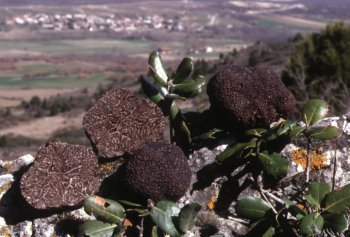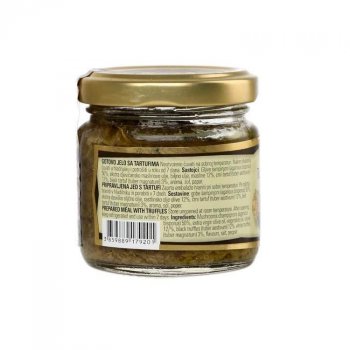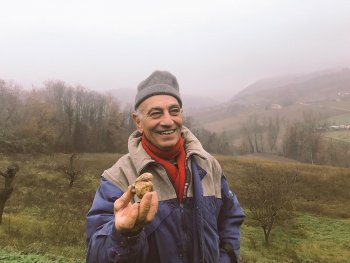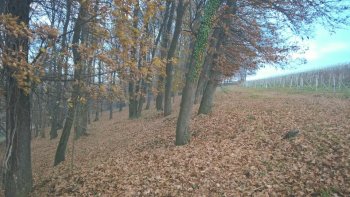Research on hypogeous fungi in Varaždin County, Croatia – a potential for economy development
Submitted by Dino Buršić on 9 April 2020Research on hypogeous fungi is a project carried out by the Croatian Forest Research Institute in cooperation with the County of Varaždin and the Bank of Zagreb on the territory of Varaždin County, Croatia. The project aims to (1) Identify the diversity of hypogeous macrofungi in different ecosystems in the Varazdin County area, (2) Identify collected mushroom samples to species level by morphological and / or molecular methods whenever possible, (3) Identify habitat characteristics and plant communities in the research area.


























